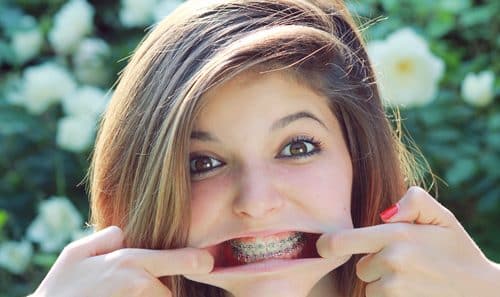
Orthodontics—Gift Yourself!
It’s the season of giving and the start of a new year. What better time to…

Common Malocclusions
When we think orthodontics, we commonly think teeth. Naturally! Straight teeth and a beaming smile are…

Retaining That New Smile
For months and months, you’ve been dedicated to following your orthodontic treatment plan. Wearing your bands…

Planning Your Vegetarian Diet with Your Oral Health in Mind
If you’ve been following a vegetarian or vegan diet, you know that there’s much more to…

How to Avoid Delays During Your Orthodontic Treatment
Our patients at Crichigno Orthodontics hate the thought of delaying their treatments and often ask us…

Clearing Up Your Questions About Clear Braces
First, let’s clarify what we mean about clear braces. We’re not talking about clear aligners, which…

Why is orthodontic treatment important?
The goal of orthodontic treatment at Crichigno Orthodontics, which may include the use of braces, retainers,…

Mouthguard Protection
Let’s talk about mouthguards. We could talk about how important wearing a mouthguard is when you…

Courting Disaster
When we think of sports and dental damage, we naturally think of hockey and football. But…

Questions, questions…
When beginning orthodontic treatment, most patients ask Dr. Nicola Crichigno and our team a lot of…


